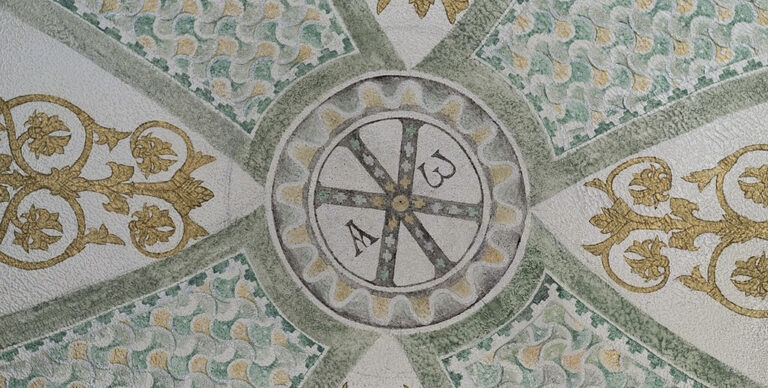John on Patmos
John was exiled to the island of Patmos for his preaching about Jesus Christ and the word of God. Despite facing many hardships and sorrows, he remained steadfast in his faith. In moments of trial and suffering, it is essential to feel God’s presence and close sympathy, allowing it to strengthen and console us.
The term “tribulation” refers to the intense crushing and melting experiences faced by the saints. Through patience and faith, they became partakers of Christ’s Kingdom. Only those with strong faith can endure such hardships with patience, trusting in God’s timing and resolution.
John experienced a moment of divine visitation while in the Spirit on the Lord’s Day. This spiritual encounter allowed him to foresee future events, guided by the Holy Spirit. Unlike those deceived by Satan, individuals visited by God maintain clarity, awareness, and humility, distinguishing the source of their revelations.
Egotism and pride prevent one from receiving the Spirit of God, leading to delusion and false experiences. Humility is the mark of grace, allowing individuals to know themselves truly and avoid falling prey to the devil’s deceptions. The Church, holiness, and virtuous living serve as safeguards against false spiritual encounters.
On the Lord’s Day, John heard a powerful voice behind him, resembling the sound of a trumpet. The voice identified itself as Alpha and Omega, instructing John to write down what he sees and send it to the seven churches in Asia. This divine encounter marked the beginning of John’s revelations in the Book of Revelation. The number seven symbolizes completeness, as these words were meant for all the Churches, but especially those in Ephesus, Smyrna, Pergamos, Thyatira, Sardis, Philadelphia, and Laodicea. These Churches, located in Asia Minor, no longer exist due to the actions of the Turks. This serves as a reminder that God is not tied to specific places or geography. Despite this, we must be mindful of our actions to prevent further disappearances.
The Lord instructed to write and send messages to the seven Churches established by the Apostle John. In a vision, the Apostle saw seven golden lampstands, symbolizing the Church holding the light of Christ. Amidst these lampstands, he saw someone resembling the Son of Man, dressed in regal attire, signifying the hierarchical and royal dignity of Jesus Christ.
The vision described by John mirrors that of the Prophet Daniel in the Old Testament, showing that the prophets foresaw Christ. While Christ took on human form in the New Testament, in the Old Testament, He appeared as the Bodiless Word. The symbolism of the golden belt around the chest signifies chastity, abstinence, and strength, as seen in the attire of kings, warriors, and even the Most Holy Theotokos. The leather belt worn by St. John the Forerunner symbolizes the mortification of passions, as believed by the Jews who tied belts around their waists to symbolize chastity. The Theotokos also had a similar belt, woven from camel hair and embroidered with golden and green threads. Empress Zoe later added additional embroidery to the belt as a gesture of gratitude for healing. The tradition of wearing a belt during the Sacrament of Baptism signifies the newly illumined as a soldier in the fight against evil. Monks also wear belts as a symbol of being girded for spiritual battle. The significance of the Lord wearing a girdle around His chest is explained by the Holy Fathers as a representation of His freedom from passions and sins. This article will be continued in the next installment.
Source link

